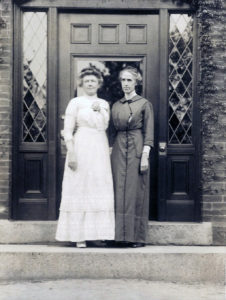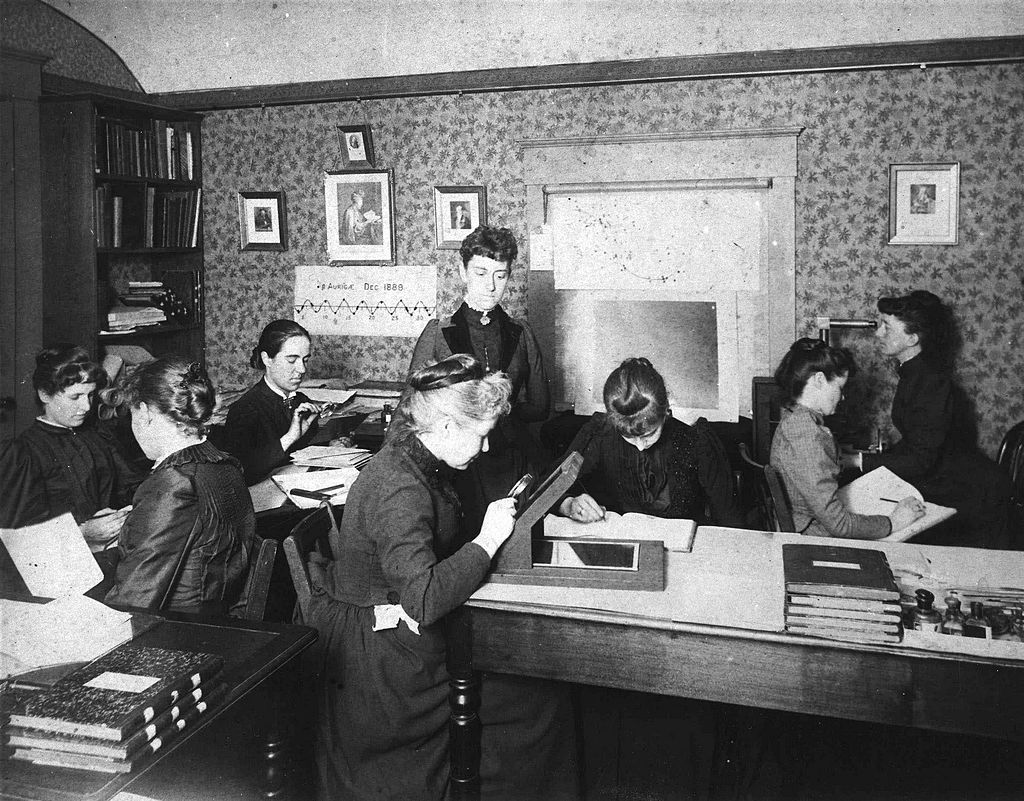Computer “Stars”

Annie Jump Cannon &
Henrietta Swan Leavitt
Cannon’s mother had been the first to teach her about the stars, and astronomy would later help her cope with her mother’s death. She had contracted scarlet fever as an adult, leaving her nearly deaf. Despite this, she was hired by Pickering to classify stars in the southern hemisphere after graduating Wellesley College. Leavitt studied math and the classics, traveled and taught before being hired by Pickering to measure star brightness through photometry. She, too, was nearly deaf.
Cannon and Leavitt proved that women were more than up to the task of critical detail this work required. Leavitt was known for being “hard-working, serious-minded…, little given to frivolous pursuits and selflessly devoted to her family, her church, and her career” and Pickering himself was quoted as saying “Miss Cannon is the only person in the world—man or woman—who can do this work so quickly.”
Changing History
Interestingly, it’s this very dedication to work that makes it unclear whether these women were friends or simply colleagues. Cannon received more recognition than Leavitt, whose work was often credited to Pickering. Cannon, on the other hand, was the first woman to receive an honorary doctorate from Oxford and become an officer in the American Astronomical Society.
While they may not have purposely worked together to bring change to their field, each woman’s individual impact showed that women were more than serious-minded enough for the rigorous field of science. Cannon became the first female assistant to study variable stars at night, using “light curve” and color to help classify and identify stars more easily. She developed the Harvard Classification Scheme, which would become the new standard of star classification. Leavitt found hundreds of new variable stars and discovered that some stars have the same intrinsic brightness (no matter their distance from Earth). Leavitt also developed, and continued to refine, the Harvard Standard for photographic measurements.
Women like this continue to inspire women and people with disabilities. Cannon and Leavitt looked to the stars, and in so doing, they set their sights on a better future for all of us.
https://en.wikipedia.org/wiki/Annie_Jump_Cannon https://en.wikipedia.org/wiki/Henrietta_Swan_Leavitt

